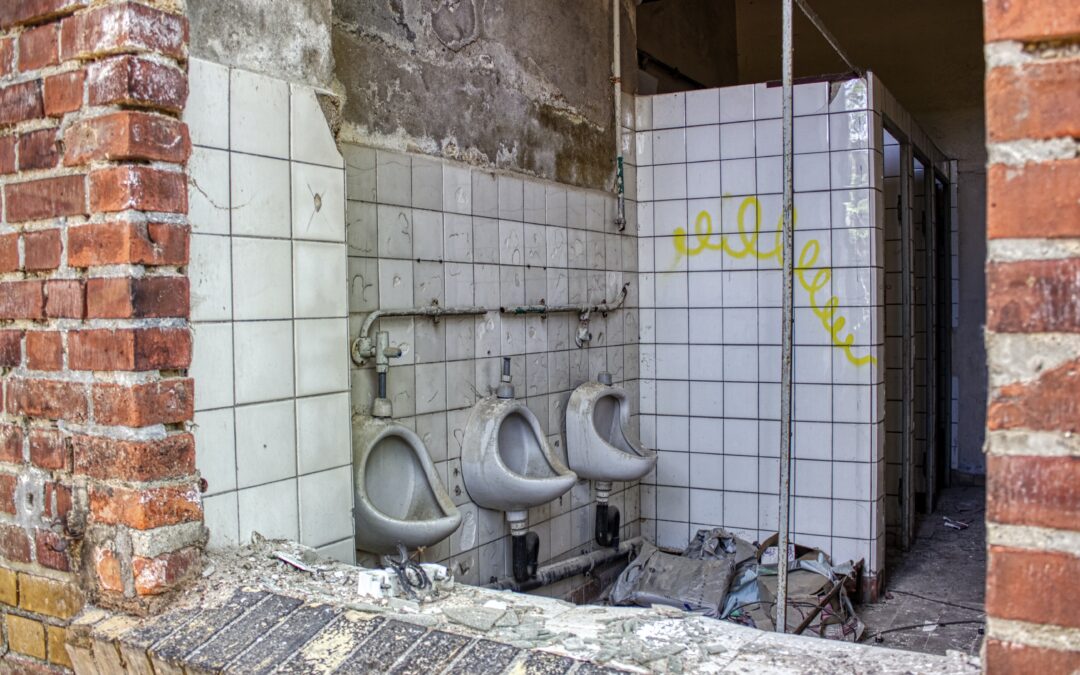In times of emergencies, such as natural disasters, power outages, or unexpected situations like a camping trip gone awry, access to proper sanitation facilities may not always be guaranteed. While we often take flushing toilets and running water for granted, knowing how to maintain proper hygiene when these amenities are unavailable is essential. In this blog, we’ll explore some practical tips and solutions for emergency sanitation when traditional facilities are not at your disposal.
- Create an Emergency Sanitation Kit
Building an emergency sanitation kit is the first step in preparedness. Your kit should include essential items such as:
- Portable Toilet: Invest in a portable toilet or make a DIY version using a bucket with a tight-fitting lid and a toilet seat attachment.
- Toilet Paper or Alternatives: Store a supply of toilet paper or consider alternatives like wet wipes or even reusable cloth.
- Hand Sanitizer: Ensure you have plenty of hand sanitizer for maintaining hand hygiene.
- Trash Bags: Use heavy-duty trash bags for waste disposal.
- Soap and Water: If available, maintain a supply of soap and water for cleaning purposes.
- Choose a Suitable Location
Selecting an appropriate location for your makeshift sanitation area is crucial. Ideally, it should be away from your living or cooking areas to minimize contamination risks. Look for a spot that is discreet and safe, with easy access for everyone in your group.
- Construct a Temporary Toilet
If you don’t have a portable toilet, you can create one using a simple five-gallon bucket or a similar container with a tight-fitting lid. Place a toilet seat attachment on top for comfort. Line the bucket with a heavy-duty trash bag, which can be tied up and disposed of when full. Make sure to keep a supply of cat litter, sawdust, or other absorbent material to control odors and liquids.
- Practice Proper Waste Disposal
Proper disposal of waste is essential for maintaining sanitation and preventing contamination. Double-bag human waste in the trash bags and seal them tightly. For toilet paper or other hygiene products, place them in a separate plastic bag. If local regulations allow, burying the waste deep in a designated area can be an option. Always follow local regulations and guidelines for waste disposal.
- Maintain Personal Hygiene
Keeping yourself clean during emergencies is crucial for preventing the spread of diseases. Use your supply of hand sanitizer regularly and encourage everyone in your group to do the same. If water is available, consider setting up a simple handwashing station with soap and clean water.
- Consider Alternatives
In dire situations where even the makeshift toilet isn’t an option, consider alternatives like digging a cat hole or trench latrine, if local regulations allow. Always make sure to dig these at least 200 feet away from water sources to prevent contamination.
- Educate and Communicate
Ensure that everyone in your group understands the importance of proper sanitation practices during emergencies. Establish clear communication on the location of sanitation facilities and waste disposal procedures to maintain a clean and healthy environment.
Emergency situations can disrupt our access to essential amenities, but with proper preparation and knowledge, we can maintain sanitation and hygiene even when traditional facilities are unavailable. Creating an emergency sanitation kit, choosing a suitable location, constructing a temporary toilet, and practicing proper waste disposal are all key steps in ensuring your well-being during challenging times. Remember, in emergencies, adaptability and resourcefulness can make all the difference in maintaining health and comfort.

